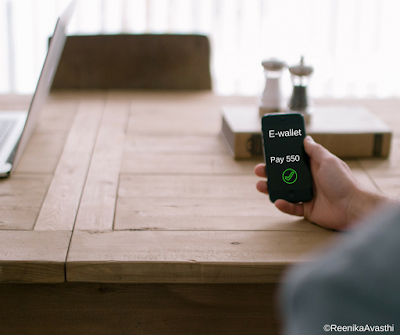As cash-driven economy finds itself crippled in the aftermath of demonetisation, it is the digital savvy citizens that continue to attend to their daily chores without spending time standing in serpentine queues outside ATMs and banks.
While many of the millennials had started shifting to digital transactions already, the demonetisation is expected to speed-up the process. As per the Boston Consulting Group (BCG) report, digital transactions in India surged by 50% per year in 2013, where bill payments and mobile plans occupied the highest share. However, the recent step to discourage cash hoarding will see many Indians transitioning to digitalised economy in many ways.
Digital Age Solutions
Internet banking, debit and credit cards continue to be a common mode of completing transactions, e-wallet services are growing as another alternative. Now, most of the payment gateways accept e-wallet as a mode of accepting payments. At the same time, a range of services are covered under the e-wallet payments such as mobile bills, insurance premiums, taxi services, grocery bills, etc.
How e-wallet functions?
A user has to load money into e-wallet in advance to use it later for making various payments. Unlike other payment modes, e-wallet does away with the need of sharing bank details every time you do a transaction as money directly gets deducted from the pre-loaded amount.
Even payments to offline merchants, who support e-wallet, can be made by scanning the QR code through the phone’s app. In these transactions, you have to enter only the payment amount and the transaction is done in a jiffy.
How secure are e-wallets?
E-wallets are embedded with an additional security layer as payments made through it does not require sharing of bank or card details with merchants. In this way, you have no worries about losing your bank or credit/debit card details to anybody.
How to create an e-wallet?
To access e-wallet services, you can either download the app or visit the service provider’s website, where you can register using your email ID and mobile number. Before start using your e-wallet, you will need to enter your debit, credit or net banking details to fund your e-wallet account.
There are several third-party e-wallets available in India whereas few banks have also launched similar services. You will need to check the tie-ups of various businesses with an e-wallet service provider to choose best-suited one for yourself.
How e-wallet is beneficial?
An e-wallet not only lets you pay for various services but it also allows you to transfer fund to family and friends by just keying in their phone numbers. You can request money in a similar way too.
Secondly, e-wallets offer discounts as well as cash backs on certain transactions that automatically gets credited to your e-wallet account, which is a big plus.
Lastly, e-wallets also help you to keep track on your spending irrespective of the size of the spending amount, which otherwise remains unnoticed in cash transactions.
About The Author: Reenika Avasthi is associated with Inverika Investment Solutions LLP as a Content Writer and Financial Planner. She is a Certified Financial Planner and a freelance content writer in the field of personal finance. Her interest in writing and spreading investor awareness motivated her to start blogging.
Like us at https://www.facebook.com/Inverika/

A digital wallet is pretty much just a digital version of the wallet you’re currently carry around with you. It stores payment information so that you can pay for goods and services. For businesses, it’s another way to accept payments from your customers.neowebwallet
ReplyDelete